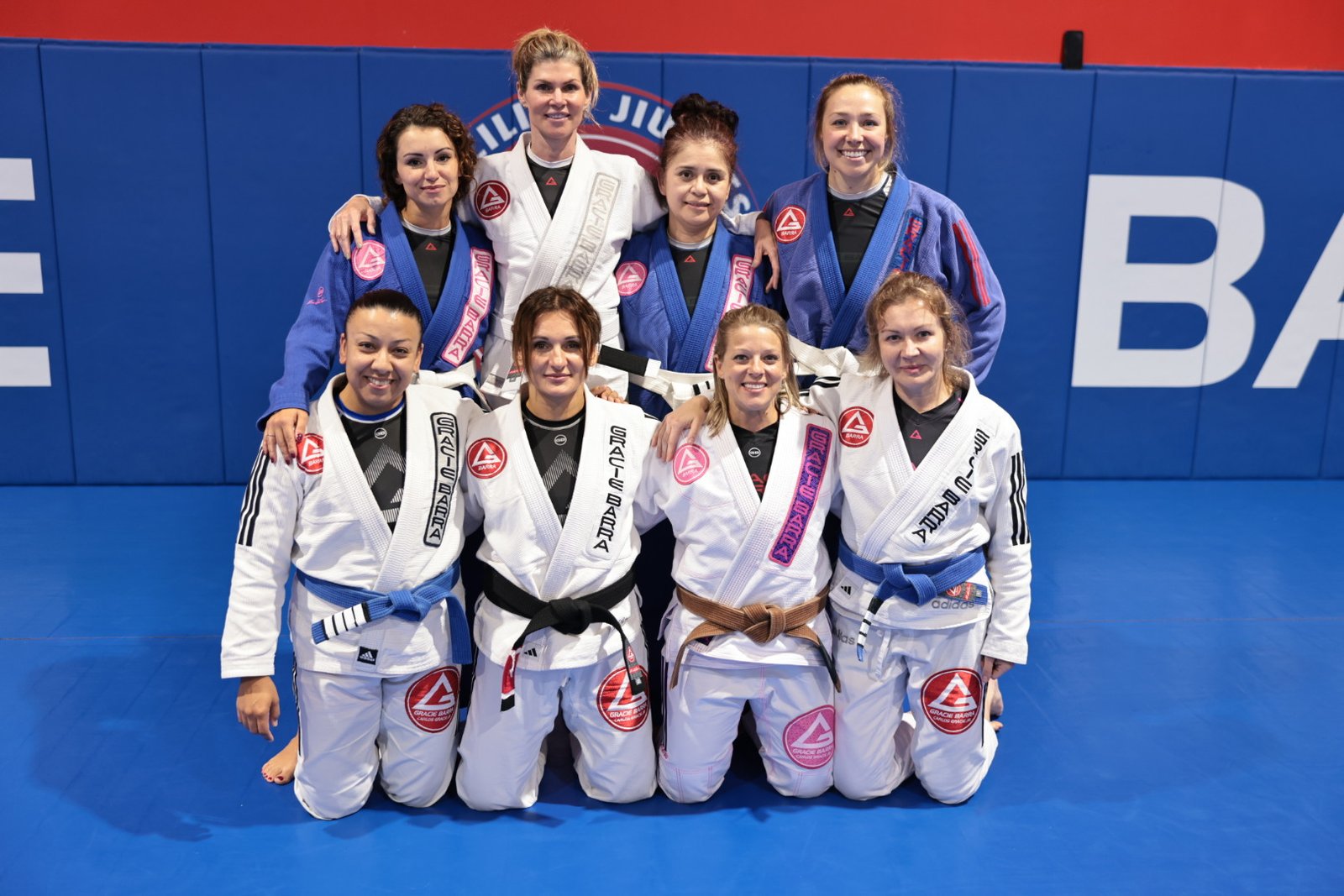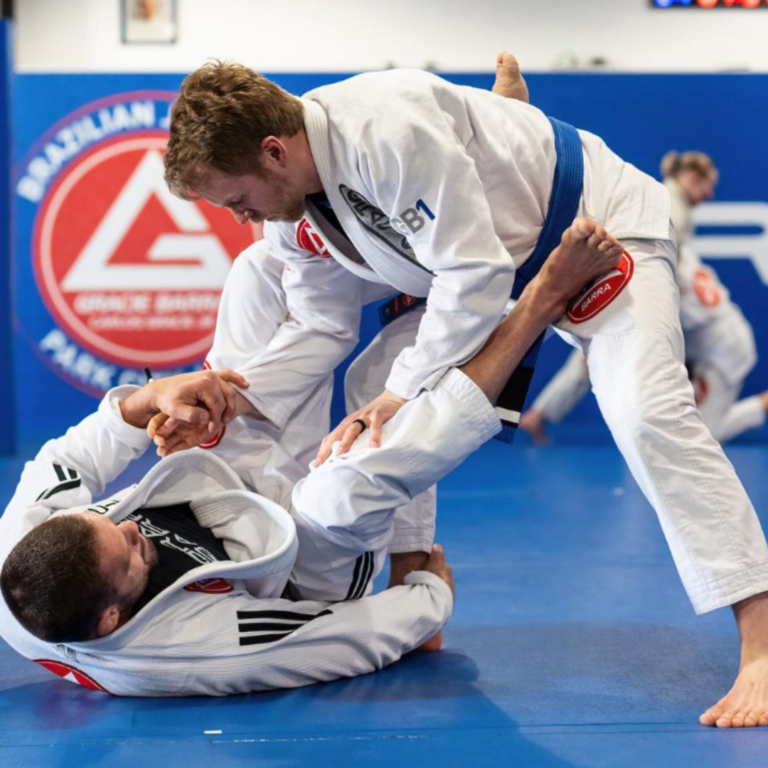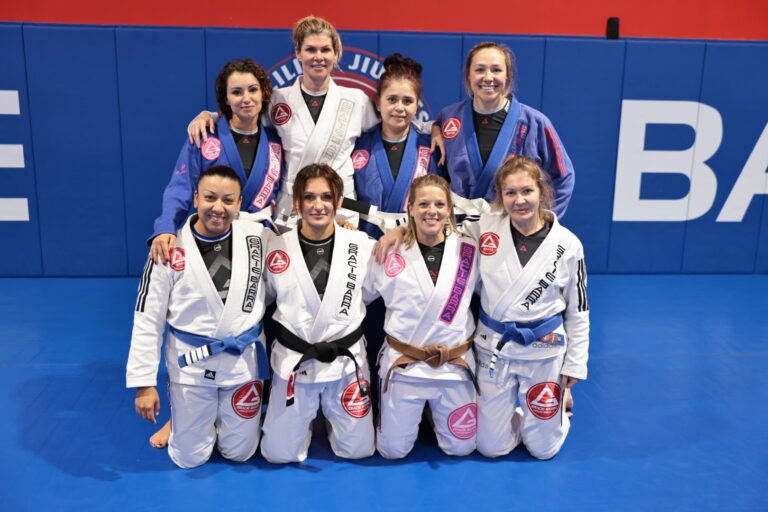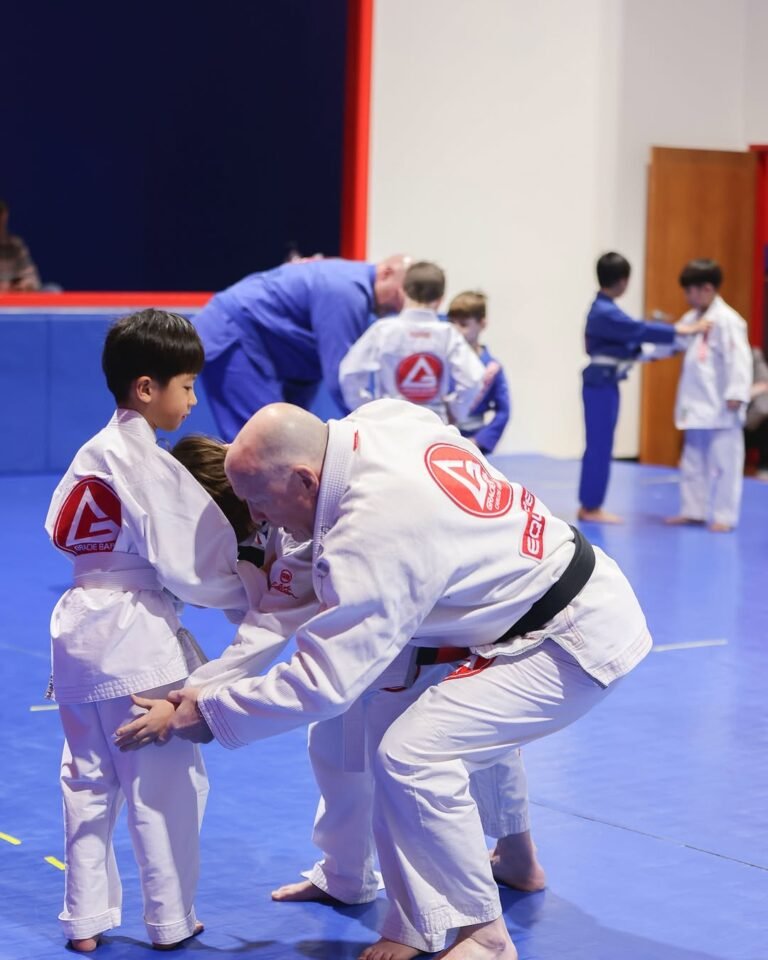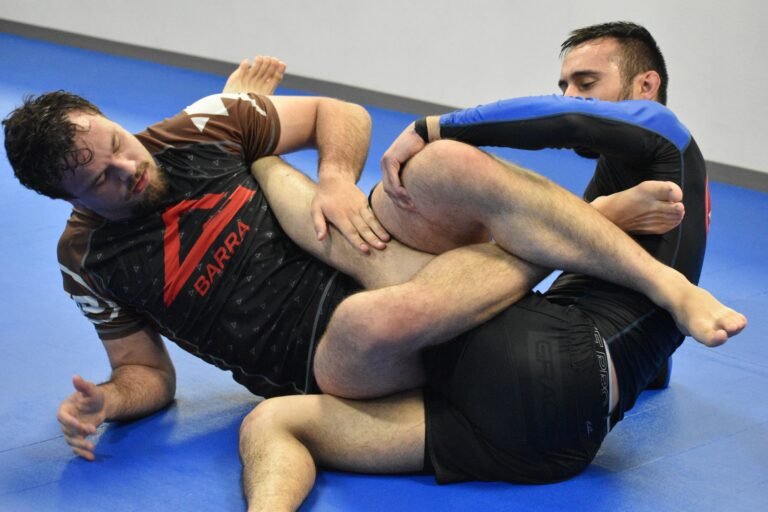Jiu-Jitsu Injuries: Prevention, Treatment, and Safe Return to the Mat
A Proactive Approach to Training in Libertyville
Brazilian Jiu-Jitsu is a dynamic martial art. It demands physical engagement and mental focus. While incredibly rewarding, the nature of Jiu-Jitsu can sometimes lead to injuries. At Gracie Barra Libertyville, we prioritize the well-being of our students. We believe in a proactive approach to training. This means empowering our community with knowledge about injury prevention, effective treatment, and safe methods for returning to the mats. A long, successful Jiu-Jitsu journey requires smart choices and careful preparation. This guide offers essential insights for every practitioner in Libertyville, from beginner to advanced.
DISCOVER GRACIE BARRA LIBERTYVILLE
The Power of a Proper Warm-up and Stretching
A thorough warm-up is your initial defense against injuries. It prepares your body for the physical demands of Jiu-Jitsu. Skipping this vital step is a common mistake. It often results in muscle strains and joint issues. A proper warm-up increases your heart rate. It also boosts blood flow to your muscles. Additionally, it improves joint mobility and flexibility. Our classes at Gracie Barra Libertyville consistently begin with a comprehensive warm-up routine.
A good warm-up should always include:
Light Cardio: Movements like jumping jacks, light jogging, or rope skipping elevate your heart rate. These actions get your blood pumping throughout your system.
Dynamic Stretching: Leg swings, arm circles, and torso twists improve your range of motion. Unlike static stretching, dynamic movements prepare your joints for activity.
Specific Movements: Incorporating actions specific to Jiu-Jitsu, such as shrimping, hip escapes, and bridging, prepares your body for grappling scenarios. These drills activate relevant muscle groups.
After your training session, static stretching is incredibly important. This type of stretching involves holding a position for a set period. It helps your muscles cool down gradually. Additionally, it improves overall flexibility over time. Consistent adherence to these practices significantly enhances your resilience on the mats.
Common Jiu-Jitsu Injuries and How to Identify Them
Recognizing the early signs of an injury is crucial. This awareness allows you to take prompt action. It helps prevent a minor issue from escalating into a serious problem. While various injuries can occur in Jiu-Jitsu, some happen more frequently. Knowing what to look for helps you protect yourself.
Here are some common Jiu-Jitsu injuries and their typical indicators:
Knee Injuries: Ligament sprains, like those to the ACL or MCL, and meniscus tears are frequently observed. These frequently result from twisting motions. They can also occur if a leg lock is not released quickly enough. Symptoms typically include pain, swelling around the joint, and a feeling of instability.
Shoulder Injuries: Dislocations and rotator cuff strains can occur during takedowns. They may also happen when a partner applies excessive pressure during a submission attempt. Key indicators are sharp pain, tenderness, and a limited range of motion in the arm.
Neck and Spine Injuries: These are serious and can result from being stacked aggressively. Incorrectly applied chokes can also cause problems. A stiff neck, sharp localized pain, or numbness extending into the limbs are serious symptoms requiring immediate medical attention.
Elbow Injuries: Hyperextension or problems related to armbars are common. Pain, swelling, and difficulty straightening or bending the arm suggest an elbow injury.
Finger and Toe Sprains: These smaller joint injuries often result from gripping the gi or getting toes caught on the mat. Swelling, pain, and restricted movement are typical signs.
If you suspect any of these injuries, stop training immediately. Ignoring pain or discomfort can worsen the condition. A prompt evaluation by a medical professional is always recommended. Your health is paramount.
Expert Advice: Physiotherapy and Recovery Strategies
Seeking professional help is essential for proper recovery. Physiotherapists are specialists in movement and function. They can accurately diagnose injuries and create personalized rehabilitation plans. Following their advice is fundamental for a complete and safe return to activity. Do not try to self-diagnose or rush your recovery process.
General advice from physiotherapists frequently includes:
PRICE Method: This acronym stands for Protection, Rest, Ice, Compression, and Elevation.
Protection: Avoid activities that cause pain. Give the injured area time to heal.
Rest: Avoid activities that cause pain. Give the injured area time to heal.
Ice: Apply ice packs to reduce swelling and pain, especially immediately after an injury.
Compression: Use a bandage to help control swelling.
Elevation: Keep the injured body part raised above your heart to minimize swelling.
Proper Diagnosis: A precise diagnosis is the first step toward effective treatment. A physiotherapist can identify the exact nature and extent of your injury.
Adherence to Rehab Exercises: Consistently performing the prescribed exercises is non-negotiable. These exercises rebuild strength, flexibility, and stability.
Patience and Gradual Progression: Recovery takes time. Rushing back to full training too soon increases the risk of re-injury. Listen carefully to your body. Trust the process.
Our team at Gracie Barra Libertyville encourages students to prioritize their health. We support taking the necessary time to recover fully. A few weeks of rest and rehabilitation are far better than months of chronic pain or a more severe injury.
Adapted Training and a Safe Return to the Mat in Libertyville
Even with an injury, it is sometimes possible to continue training in an adapted way. This depends entirely on the severity and type of injury. Always consult your medical professional and instructor before attempting any adapted training. Returning to full training requires a cautious and systematic approach.
Strategies for adapted training with minor injuries:
Focus on Drills: Work on techniques that do not involve the injured area. For example, if you have a sprained finger, you can focus on footwork, sweeps, or positions that minimize hand use.
Technique over Sparring: Prioritize technical drills and positional training. Avoid live rolling or sparring until your injury is fully healed and you have medical clearance.
Specific Positions: Limit your training to positions that do not aggravate the injury. For instance, if your knee hurts, avoid standing guard passes or takedowns.
Communicate with Partners: Inform your training partners about your injury. Ask them to be mindful during drills. Your partners at Gracie Barra Libertyville are part of your support system.
Guidelines for a safe return after recovery:
Gradual Progression: Do not jump back into intense training. Start with light drills. Slowly increase intensity and duration.
Listen to Your Body: Pay close attention to any pain or discomfort. If an exercise causes pain, stop immediately.
Communicate with Instructors: Your instructors at Gracie Barra Libertyville are vital resources. They can provide guidance and help you adapt your training. They will ensure your return is safe and effective.
Rebuild Confidence: It is normal to feel hesitant after an BJJ injury. Start with familiar techniques. Gradually reintroduce more complex movements.
A structured return plan helps prevent re-injury and rebuilds both physical and mental confidence. The support system at Gracie Barra Libertyville helps you navigate this process effectively.
Building a Culture of Safety at Gracie Barra Libertyville
At Gracie Barra Libertyville, safety is not just a policy. It is a fundamental part of our culture. We teach responsible training habits. These habits protect everyone on the mats. Our instructors emphasize the importance of awareness and control.
Key elements of our safety culture include:
Tapping Early: This is perhaps the most important safety rule. Learning to tap before a submission is fully locked in prevents severe injury. It shows respect for your training partner and yourself.
Communicating with Partners: Speak up if something feels off. Tell your partner if a move is causing discomfort. Clear communication prevents accidents.
Ego Management: Leave your ego at the door. Training is about learning and growth, not winning every roll. Pushing through pain can lead to serious harm.
Controlled Movements: Encourage smooth, controlled movements rather than explosive power. This reduces the risk of accidental injuries.
Respect for the Art: Brazilian Jiu-Jitsu is a martial art. It demands respect for its techniques and for fellow practitioners. This respect naturally promotes a safer environment.
By upholding these principles, we create a secure and productive training environment for everyone in Libertyville. This culture allows students to push their limits safely and effectively.

Your Long-Term Jiu-Jitsu Journey in Libertyville
Injury prevention and smart recovery are essential for longevity in Brazilian Jiu-Jitsu. The goal is to enjoy the art for many years, continuously learning and growing. Consistently taking care of your body ensures you can train without unnecessary interruptions. It means prioritizing your health over short-term gains.
We invite you to experience the safe and supportive training environment at Gracie Barra Libertyville. Take the first step toward a fulfilling Jiu-Jitsu journey. Visit our website to learn more about our programs. Better yet, sign up for a free trial class! Our team is ready to welcome you. Discover why so many in Libertyville choose Gracie Barra for their Jiu-Jitsu training.

